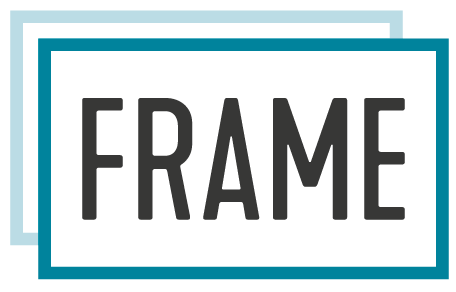In many places the ITS Action Plan refers to specific technologies, e.g. the EGNOS/Galileo positioning system, RFID and open in-vehicle platform architecture. Such technology dependent issues should not be visible within an ITS Architecture, but the functionality they provide should be, and most – if not all – is already within the FRAME Architecture. The ITS Architecture defines the various interfaces that exist between components, and the use of specific technology at those interfaces needs to be covered by standards, whose use may be mandated through the ITS Directive.
Supporting the ITS Action Plan
Once the European Specification for each ITS application and service has been agreed, an ITS architecture for it can be created using a sub-set of the FRAME Architecture. This will enable the required standards to be identified and, if necessary, their creation initiated. It will also provide a technology independent description of each application and service so that manufacturers and suppliers can ensure their products will work together as required. This creation of each European Specification should be done by a team of experts in the topic under consideration, with the addition of a small ITS Architecture team who will also ensure a common “look and feel” to the result.
This process will inevitably result in the creation of Physical, and possibly other, Views for use throughout the EU. These can then be used directly by, for example, application developers allowing them to respond to a quickly changing market but preserving the links to the overall structure. Thus, over time, the need for separate bespoke ITS Architectures within Member States, or parts of Member States, may diminish.
Advantages of this Approach
- Common Language – Each resulting ITS Architecture will be based on the FRAME Architecture, and thus use the same terminology.
- Common elements will be easy to identify, as will be the merging of two or more ITS Architectures. Thus will be important as Member States with their own ITS Architectures need to include those that result from the ITS Action Plan or ITS Directive.
- Efficient – The FRAME Architecture already exists and contains about 80% of the work that will be needed to be done to create the ITS Architectures.
